Colonial Africa. The strip between Angola and Mozambique (both in purple) was the one that Portugal had to give up. Credit: Eric Gaba / Wikimedia Commons
This was an important conflict for these allies because, in 1703, London and Lisbon signed the Methuen Treaty, which reaffirmed the traditional friendship between the two countries, creating a solid trade exchange and opening Atlantic ports to the British fleet.
This friendship dates back to the Middle Ages, as we mentioned earlier. England’s support of the House of Avis was sealed through the Treaty of Windsor in 1386, which formalized a verbal agreement made in 1294 and a treaty from 1373, which had already been implemented the previous year with English reinforcements for John I at the Battle of Aljubarrota. Some trace the alliance even further back to 1147, when English and other European crusaders, on their way to the Holy Land, helped King Afonso Henriques conquer Lisbon; however, that seems like a bit of a stretch.
The fact is, following the Treaty of Windsor, Portugal and England moved forward together through history. In 1386, John of Gaunt, Duke of Lancaster, led an expeditionary force to support the Portuguese monarch in his claim to the Castilian Crown. They did not achieve their goal, but King John I married Philippa of Lancaster, the daughter of his ally, who introduced English customs to the Portuguese court and promoted trade relations between the two countries, with goods being imported into Portuguese ports (cod, cloth) and others being exported to Britain (wine, oil, cork). One of their sons, by the way, was Henry the Navigator.
Subsequently, Portugal strengthened blood ties with Castile, another kingdom that traditionally had a good relationship with England and maintained it well into the reign of Philip II. That balance was broken when the all-powerful Spanish monarch also assumed the Portuguese crown by bloodright, inaugurating the so-called Third Dynasty or Philippine Dynasty (because all three kings were named Philip—II, III, and IV of Spain, but for the Portuguese, they are I, II, and III), forming one of the greatest empires of all time.
That dynastic union linked both kingdoms for sixty years, between 1580 and 1640, interrupting the Anglo-Portuguese alliance. Of course, those opposed to that union sought help from their traditional allies, though they did not manage to break it until what is now called the Guerra da Restauração (Restoration War) in Portugal, when they achieved independence from the Habsburgs with help from England but also from France, while Philip IV, true to his phrase «Nos contra todos, todos contra Nos» (“Us against all, all against Us”), had to manage numerous fronts. The conflict ended in 1668 with the installation of the House of Braganza on the Portuguese throne.
That said, despite all of this, we mentioned at the beginning that some historians believe there was an older and longer-lasting alliance: the Auld Alliance, which would have been ninety-one years older than the other one. England also plays a role here, but not as one of the members, instead as the common enemy, as it was France and Scotland who were the signatories. It all started in 1295, when the death without succession of the Scottish Queen Margaret (without succession because she was a seven-year-old child) led the English monarch, Edward I, to present himself as a candidate by force.
Fearing this, the Council of Twelve (a provisional government) desperately sought allies to curb the powerful English army and found a possibility in Philip IV the Fair (not to be confused with his Spanish namesakes), sovereign of France and Navarre, who was on the verge of war with England after it had taken control of Gascony in 1293. Thus, both countries signed the Treaty of Paris, whereby the French committed to maintaining their hostility toward England in that territory, while the Scots promised to cover the financial cost if open war broke out.
But it didn’t help the Scots at all. Edward I’s troops crushed them in 1296 and placed a king favorable to their interests, John Balliol, on the throne. France not only stayed out of the conflict, but in 1299 reached a peace agreement with England: Philip married his sister Margaret to Edward and later did the same with his daughter Isabella and the English heir resulting from the first union (who would become the future King Edward II of England). This left Scotland subdued until William Wallace and Robert the Bruce declared insurrection, with the latter assuming the crown. It led to decades of war between Bruce and Balliol, during which the Scots renewed their alliance with the French through the Treaty of Corbeil (1326).
This time, both parties committed to military assistance, and the pact was implemented because Edward II decided to show his power by conquering what remained of Scotland and reaffirming his position regarding the disputed territories with France. This became evident in the time of his heir, Edward III, who was victorious in the Battle of Crécy in 1346. Shortly after, in the Battle of Neville’s Cross, David II, son of Robert the Bruce, was captured while attempting to invade northern England; he was held prisoner for eleven years, leaving his country mired in political instability, eventually negotiating his release with Edward in exchange for a favorable policy.
Before the 14th century ended, Robert II of Scotland and Charles V of France reaffirmed the alliance once more; it was 1371, and they did so in anticipation of a possible invasion of England that never materialized because the French failed to fulfill their commitment to send an expeditionary force. This led to a deterioration in mutual trust, but, as they needed each other, in 1418, the Dauphin Charles VII requested help from his old allies to face the threat of Henry V’s army, which seemed unstoppable after the victory at Agincourt.
Thus, between 1419 and 1424, fifteen thousand Scots participated in the Hundred Years’ War. They won at Baugé and lost at Verneuil, but they gave France the breathing space it needed, collaborating with Joan of Arc in 1429. Some of them even joined the Garde Écossaise (Scots Guard of the crown), and many stayed in France, rewarded with land and titles. The Franco-Scottish alliance would be renewed four more times throughout the 15th century, contributing to the eventual defeat of England.
Ironically, England, which was dealing with internal problems due to the Wars of the Roses, occasionally sought the help of the Auld Alliance members. For example, the Lancasters hired Scots in exchange for conceding the traditionally disputed northern border territories, and at the start of the following century, the marriage of one of Henry VII’s daughters, Margaret Tudor, to James IV of Scotland was arranged, as well as that of Mary Tudor to Louis XII of France—a good way to end the old enmity.
This did not mean the end of the alliance, which saw renewals in 1512, 1517, and 1548. By then, Scotland’s main problem was no longer England’s military power but the spread of Calvinism, which grew significantly and viewed a rapprochement with England favorably if it helped eliminate Catholicism.
In 1558, in an attempt to stop this trend, the marriage of Queen Mary to the future Francis II of France was arranged. It didn’t work, and in 1568 her son, James VI, ruled over both countries and Ireland, proscribing Catholics and ending the Auld Alliance with the Treaty of Edinburgh in 1560.
This marked the end of what Charles de Gaulle described as the «plus vieille alliance du monde» (the oldest alliance in the world), although some experts believe it was never formally repealed and thus remains in force. In fact, as recently as 1995, its seventh centenary was celebrated.
The truth is that Scotland, even after becoming Protestant, continued to cooperate with France, only from a different perspective: in 1562, it sent troops to Normandy to help the French Huguenots, a somewhat paradoxical situation because, at the same time, the Garde Écossaise still existed (and would, in fact, endure until 1830).
This article was first published on our Spanish Edition on November 1, 2018: Las alianzas más antiguas del mundo: Portugal-Inglaterra y Escocia-Francia
SOURCES
Mike Addleman, Franco-Scottish alliance against England one of longest in history
João Ferreira Duarte, The Politics of Non-Translation: A Case Study in Anglo-Portuguese Relations
Joaquim da Costa Leite, Neutrality by Agreement: Portugal and the British Alliance in World War II
Norman McDougall, An antidote to the English: the Auld Alliance, 1295-1560
Siobhan Talbott, Conflict, Commerce and Franco-Scottish Relations, 1560–1713
M.A. Pollock, Scotland, England and France After the Loss of Normandy, 1204-1296 “Auld Amitie”
Wikipedia, Alianza anglo-portuguesa
Discover more from LBV Magazine English Edition
Subscribe to get the latest posts sent to your email.

In 1958, at the height of the Cold War, the U.S. carried out an experiment in the South Atlantic aimed at testing an innovative defense system. This system involved creating…

In the year 105 BC, while Gaius Marius was awaiting a triumph for crushing the rebellion of the Numidian Jugurtha and hoping his contested candidacy for another consulship would be…
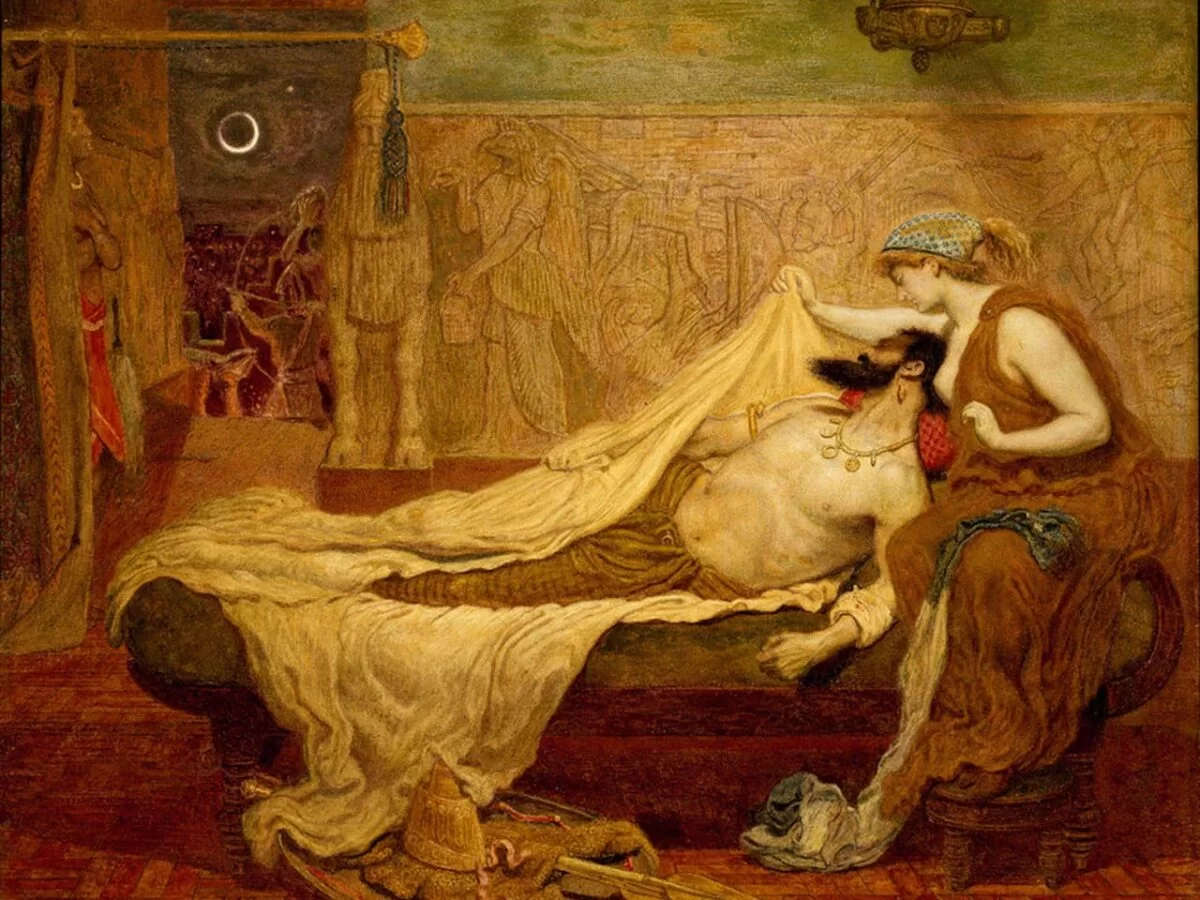
There are historical figures who, for various reasons, transcend their status to become paradigms of something; in the case of the Assyrian king Sardanapalus, an archetype of corruption, debauchery, and…
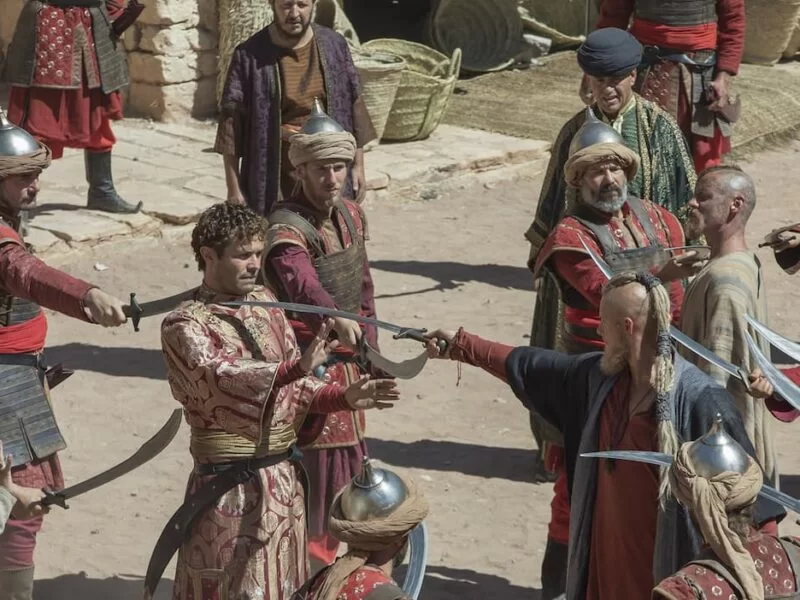
In the popular TV series Vikings, it’s Ivar the Boneless who perhaps steals the spotlight with his peculiar personality, reminiscent of the classic – and stereotypical – image of Caligula…
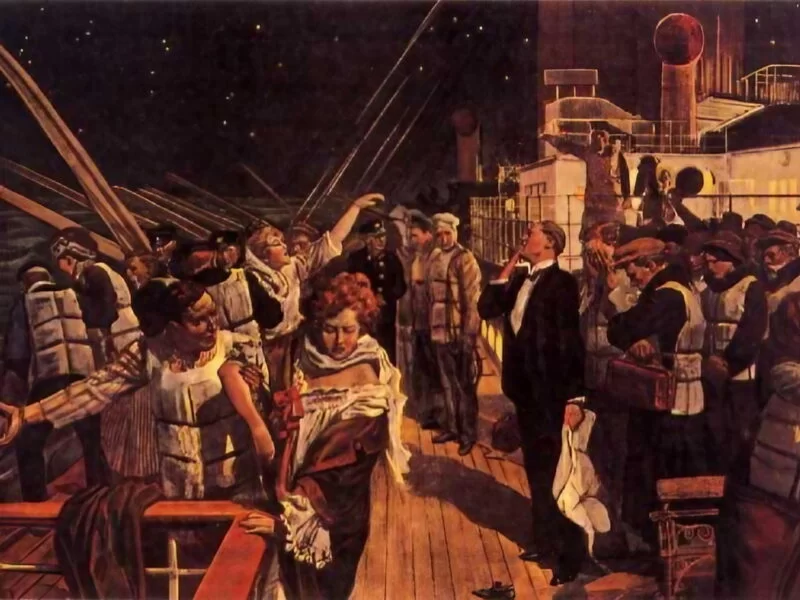
In James Cameron’s film Titanic, there’s a deleted scene where a crew member, played by Irish actor Liam Touhy, is seen, bottle in hand and half drunk, tossing deck chairs…
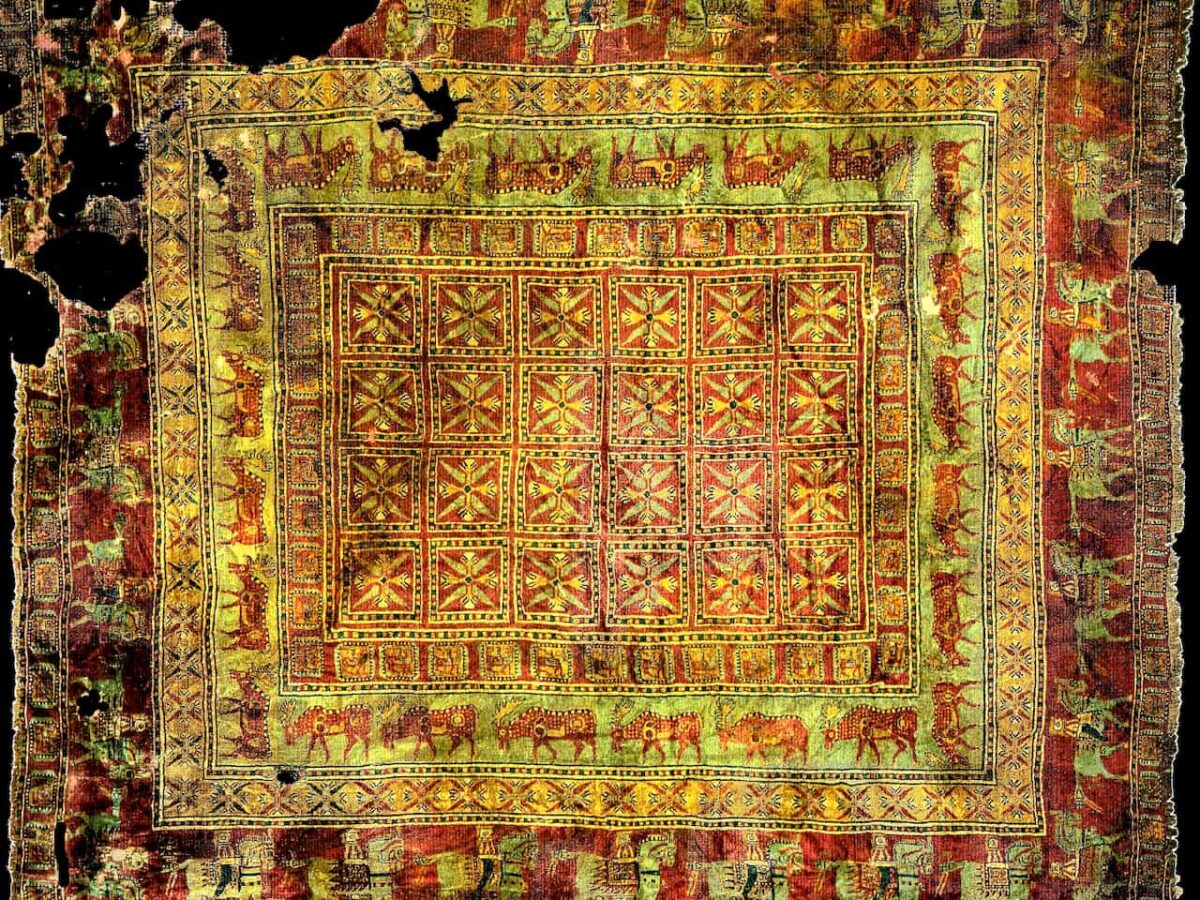
It is reasonable to deduce that in the successive phases of prehistory, humans, in their effort to create a warmer environment, used animal skins to cover the floors of the…
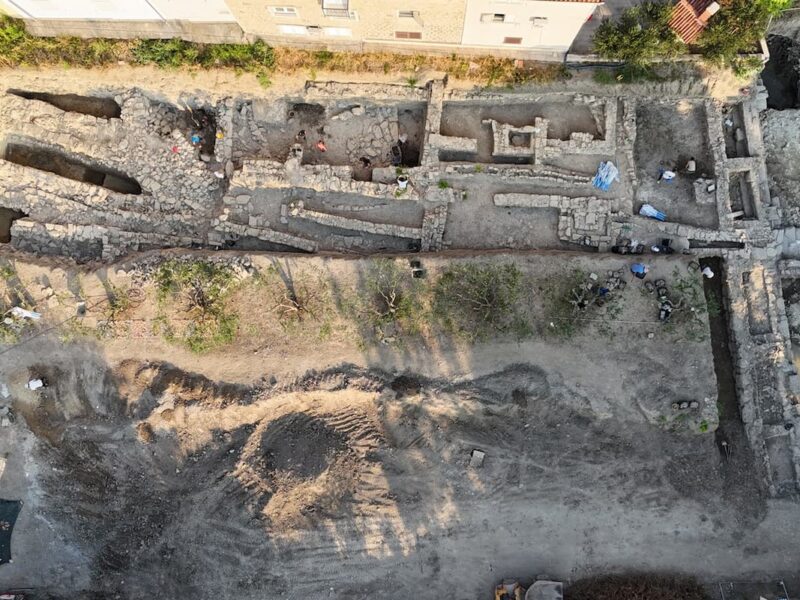
During an official visit to the town of Stobreč, near Split, Croatia’s Minister of Culture and Media, Dr. Nina Obuljen Koržinek, along with State Secretary Krešimir Partl, participated in the…
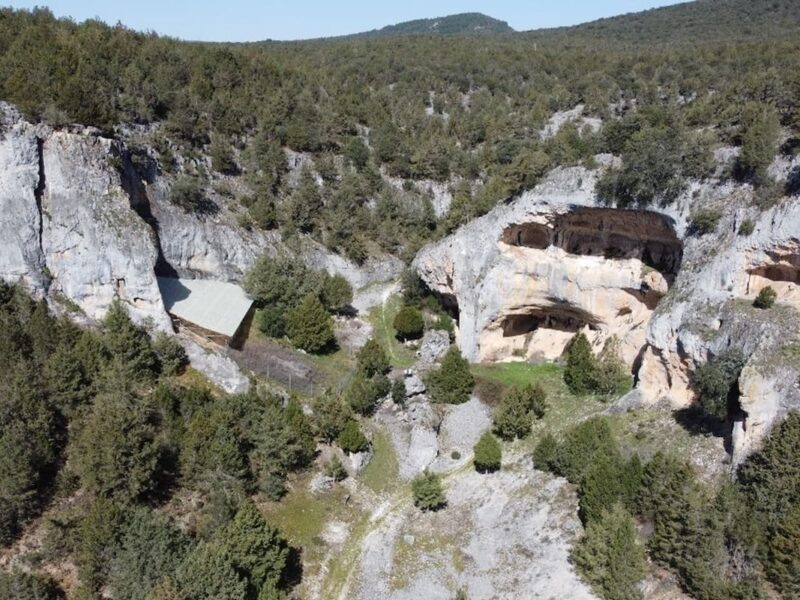
Archaeologists from the University of Valladolid have discovered in the Millán Cave, located in the northern Iberian Peninsula, in the Spanish province of Burgos, an Initial Upper Paleolithic lithic industry,…
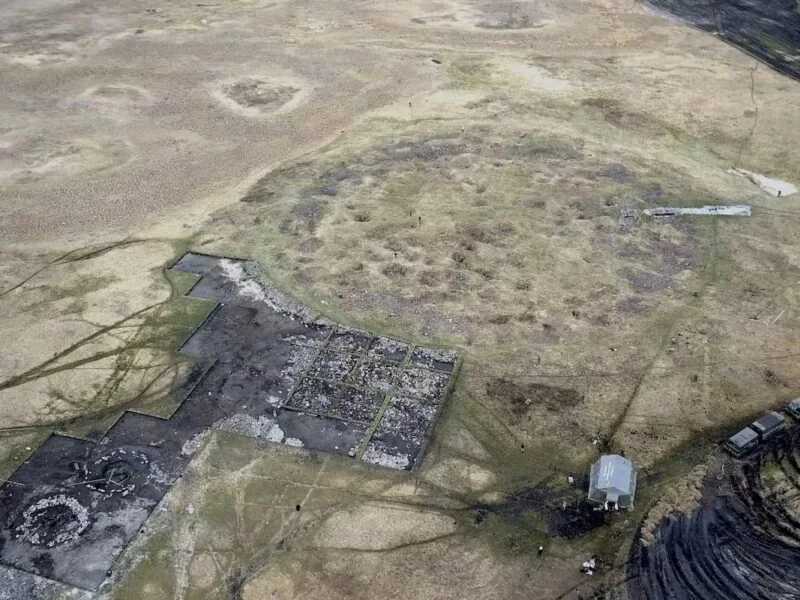
A team of archaeologists has discovered evidence of funerary rituals involving sacrifices at the burial mound of Tunnug 1, located in the Republic of Tuva, southern Siberia. This finding suggests…
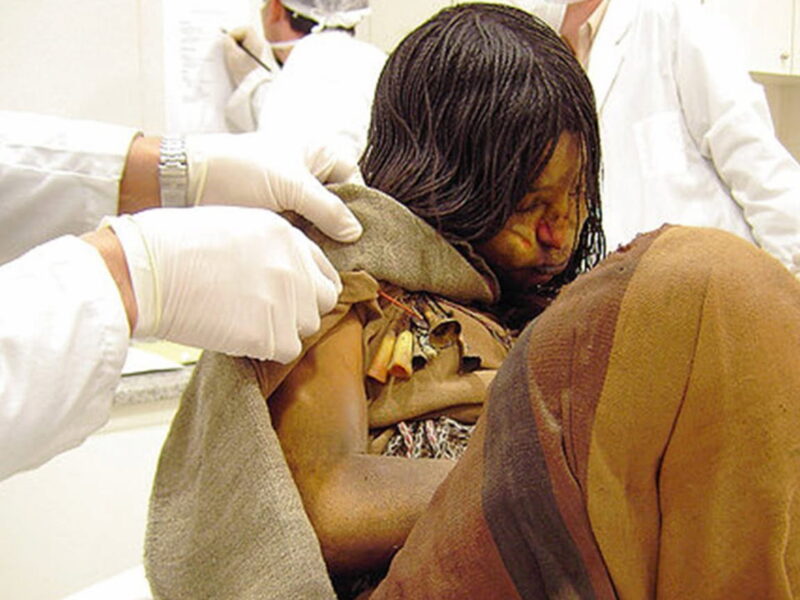
The discovery of an Inca mummy on the Quehuar Volcano, located in the Salta region of Argentina in 1975, was a significant archaeological finding that allowed for a deeper understanding…
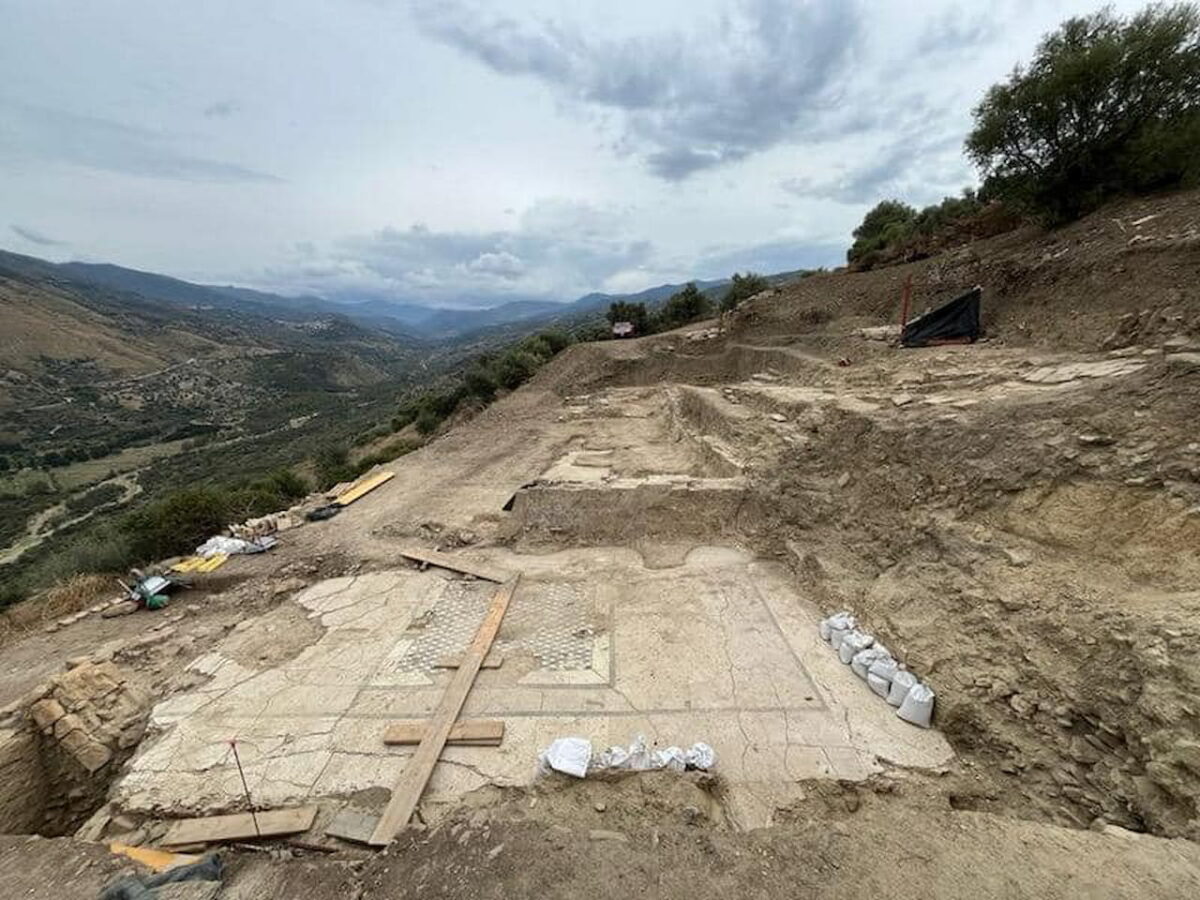
In the ancient city of Halaesa Archonidea (now known as Tusa), on the northern coast of Sicily, archaeologists have uncovered a series of monumental structures and remains at the end…
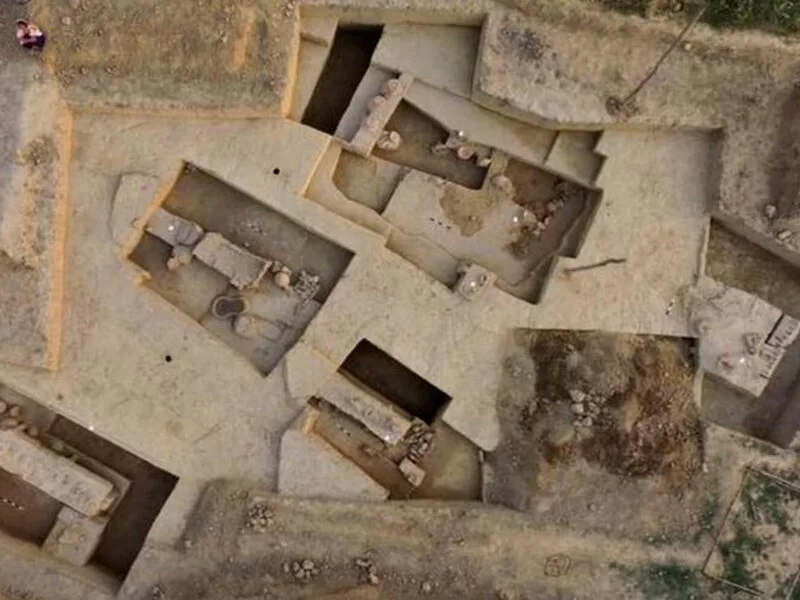
The discovery of royal tombs and war chariots in Sinauli, in the state of Uttar Pradesh, India, in 2018 revolutionized archaeological knowledge about the ancient cultures of the region. The…
Load more articles
Something went wrong. Please refresh the page and/or try again.
Source link : http://www.bing.com/news/apiclick.aspx?ref=FexRss&aid=&tid=670568e5be1740c3b45c67d74a732c3e&url=https%3A%2F%2Fwww.labrujulaverde.com%2Fen%2F2024%2F10%2Fthe-oldest-alliances-in-the-world-portugal-england-and-scotland-france%2F&c=9780994945189261403&mkt=en-us
Author :
Publish date : 2024-10-08 09:15:00
Copyright for syndicated content belongs to the linked Source.
